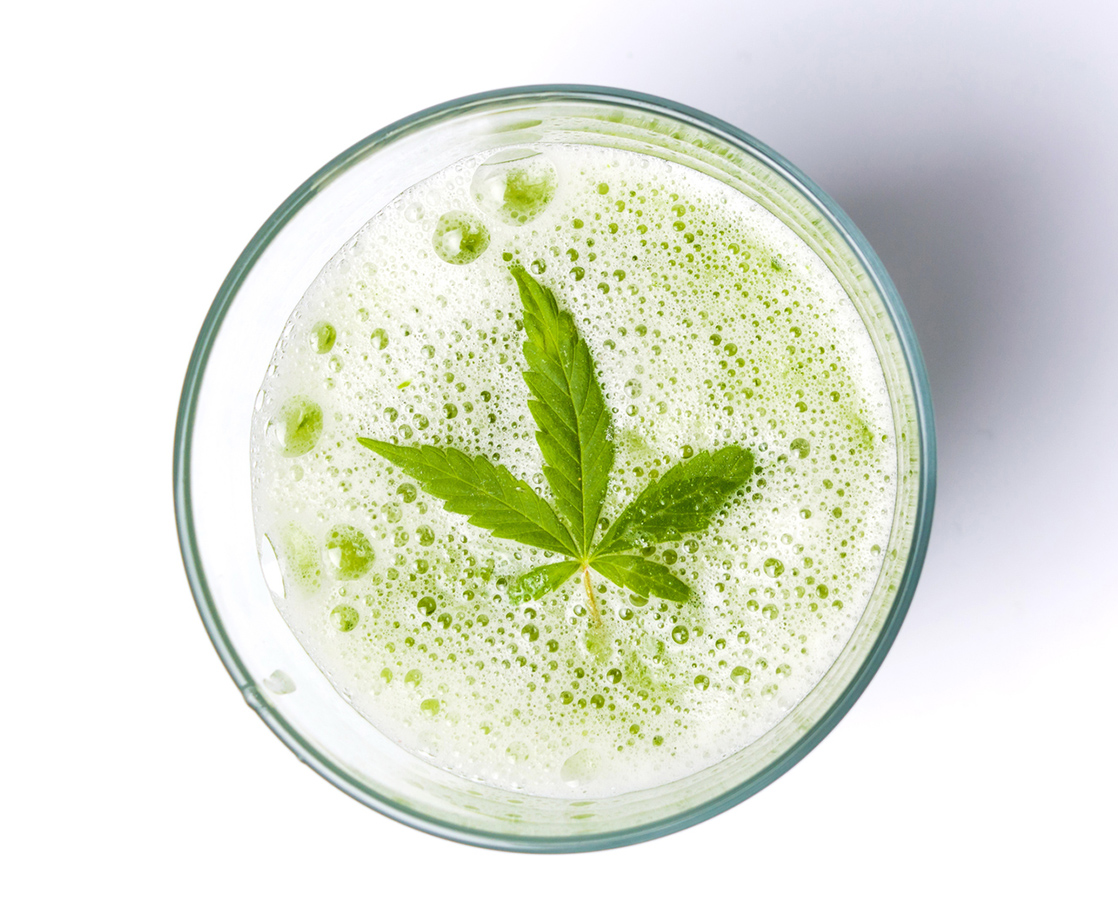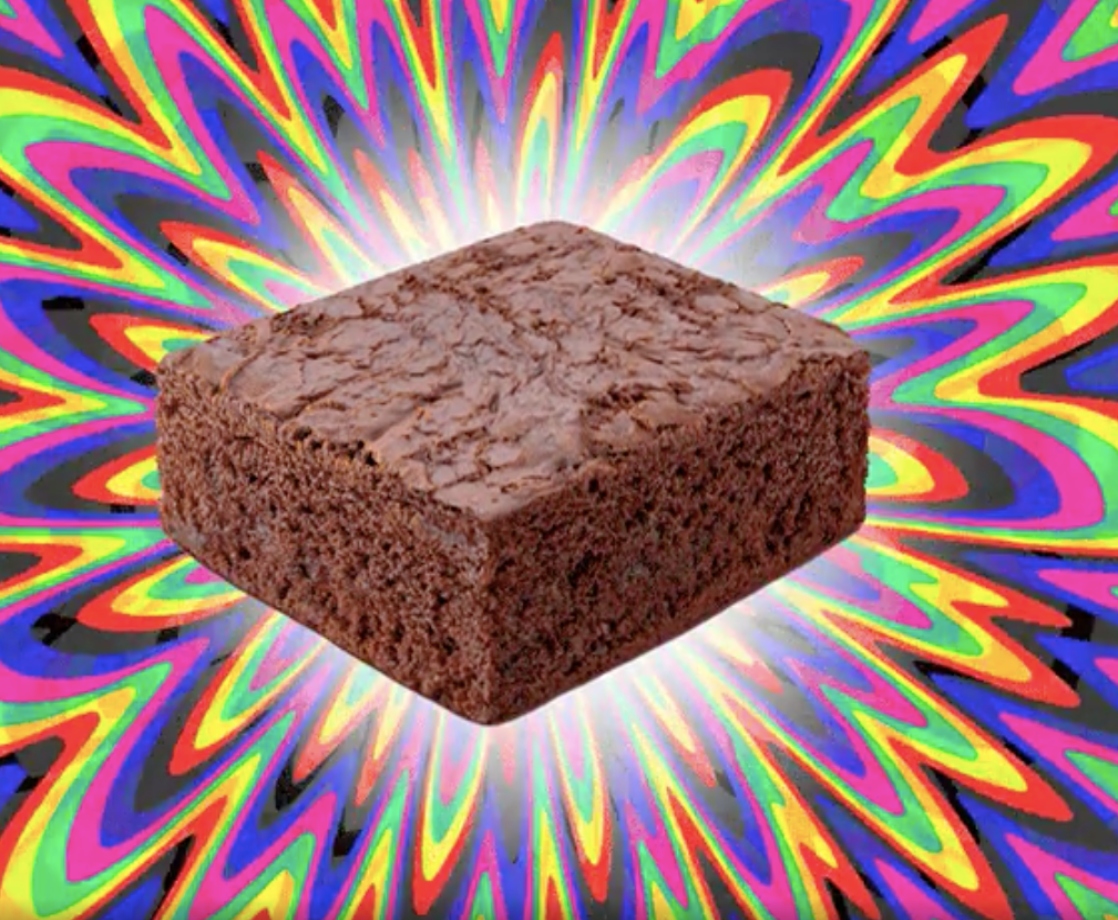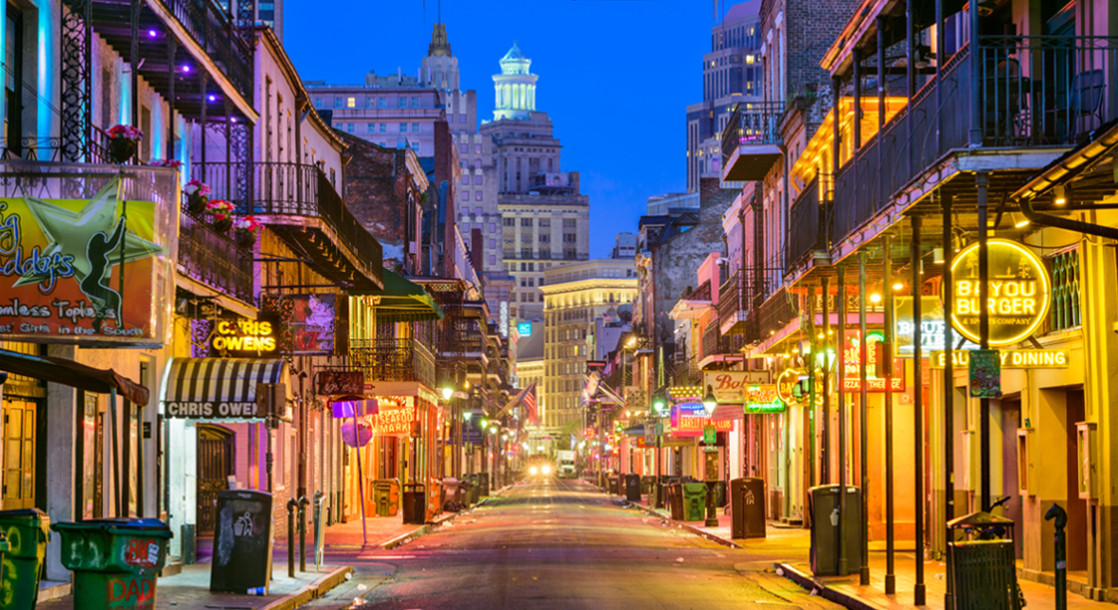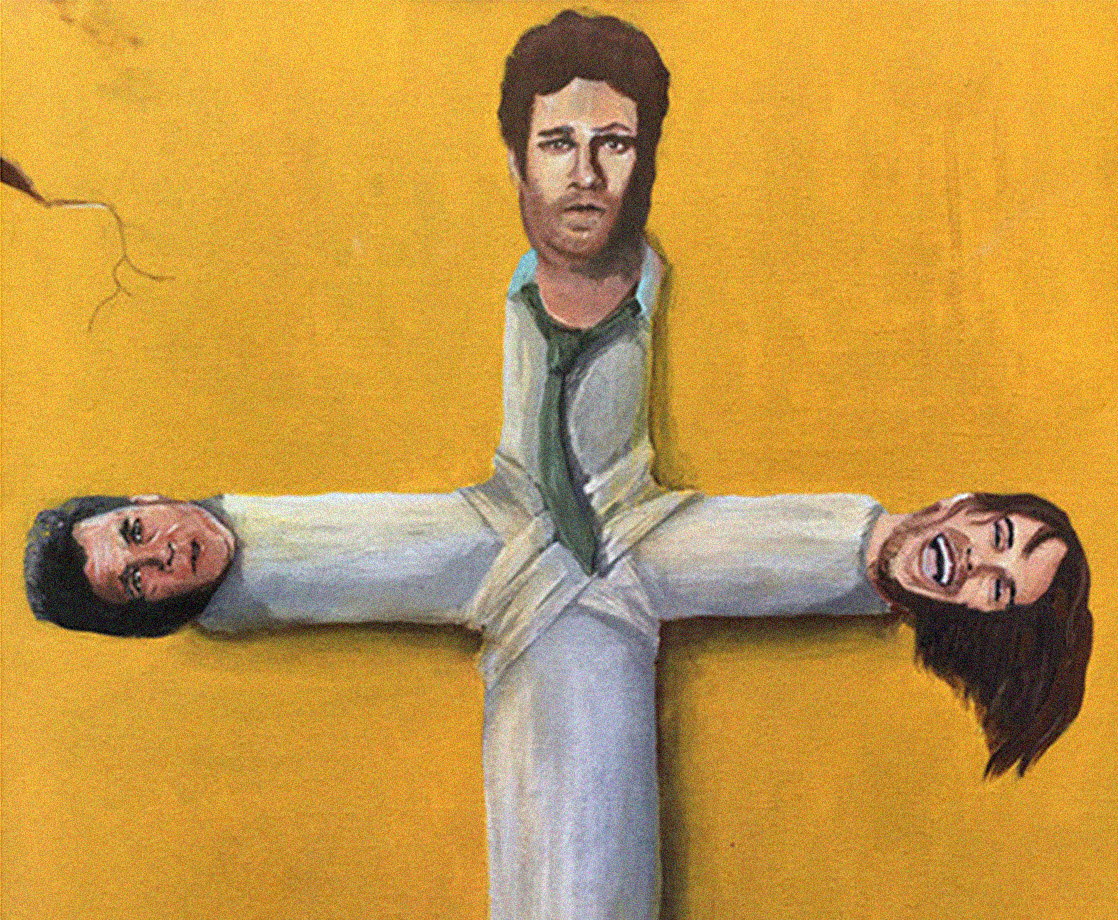All photos courtesy of Papa & Barkley and the author
In Humboldt County, California, near some of the most beautiful outdoor cannabis farms in the world, I sat with friends in a loft in the town of Eureka and sipped a delicious drink. There was no alcohol in the grapefruit infusion. There was, however, cannabis in the mocktail; it was created by mixologist Warren Bobrow, author of Cannabis Cocktails, Mocktails & Tonics: The Art of Spirited Drinks and Buzz-Worthy Libations.
While he still enjoys wine with dinner, Bobrow says he’s just about quit hard liquor since diving into the world of cannabis cocktails, which he began exploring after getting arrested for smoking a joint in New York City during the Giuliani era.
“If you smoke a joint in public, everyone knows your business,” Bobrow says. “But not if you are sipping a gorgeous Vietnamese Iced Coffee with THC-infused condensed milk on a steaming hot day, watching your coconut water ice melt slowly into the unctuous concoction. Do I have you here?” While the world has become a friendlier place towards cannabis users since Giuliani was mayor, yes, he did have me there.
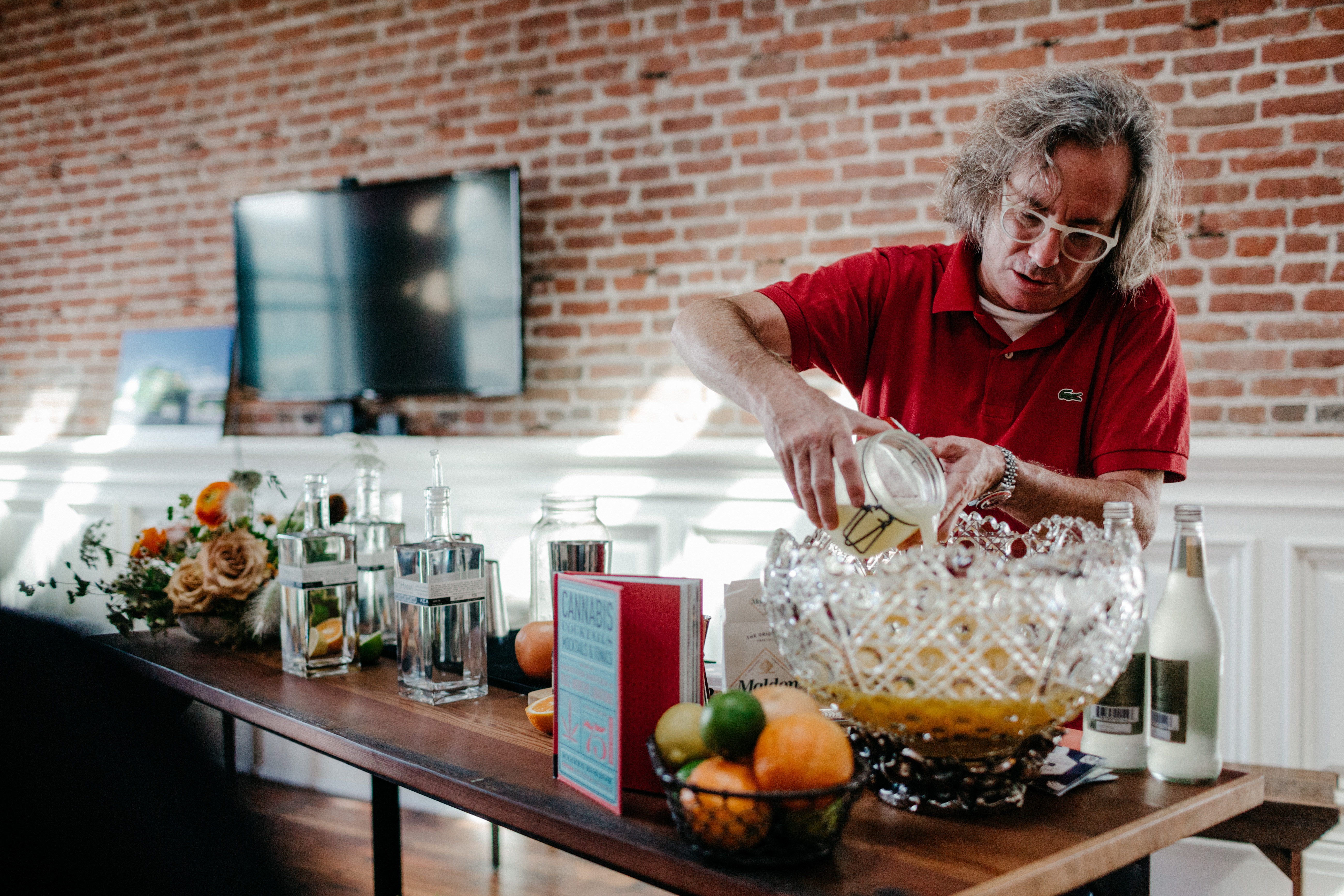
Above, mixologist Warren Bobrow
I was in Eureka to learn more about Papa & Barkley, a cannabis company based in Humboldt County. The trip included a visit to their lab, where I got to see some real weed science, and a visit to Sunrise Mountain Farms, a family-run outdoor cannabis farm from which Papa & Barkley sources its ingredients from.
Adam Grossman, the CEO of Papa & Barkley, formed the company while he was caring for his sick father, who was in hospice and experiencing adverse side effects from the opiates he was prescribed. “None of the meds were working, not methadone, or Tramadol. It would make him too high, and it was too painful for him to get out of bed,” Grossman says. “I got a call from a friend in California who suggested the pain balms that were sold out there.” After buying a bunch of the best cannabis he could find and a crock pot, the first batch of Papa (his father) & Barkley’s (his father’s beloved Pitbull) Releaf Balm was created. Many people with opiate addictions first began taking the addictive pills as a medication prescribed as a doctor, like Grossman’s father. According to the National Institute for Drug Abuse, about 80 percent of people who use heroin first misused prescription opioids.
I had a ball up north, and the experience reminded me of how cannabis has played a harm reduction role in my own life. When applied to substances, harm reduction is a self-explanatory theory that aims to help people live in a manner where drugs cause the least harm possible. Since one cannot overdose on cannabis — unlike opiates, benzodiazepines, or alcohol — replacing such substances with weed is a form of harm reduction. While some people recovering from substance abuse do best with a zero-tolerance policy regarding any intoxicant, as is indicated in AA, others are able to safely use cannabis. Some even use it as part of their recovery program.
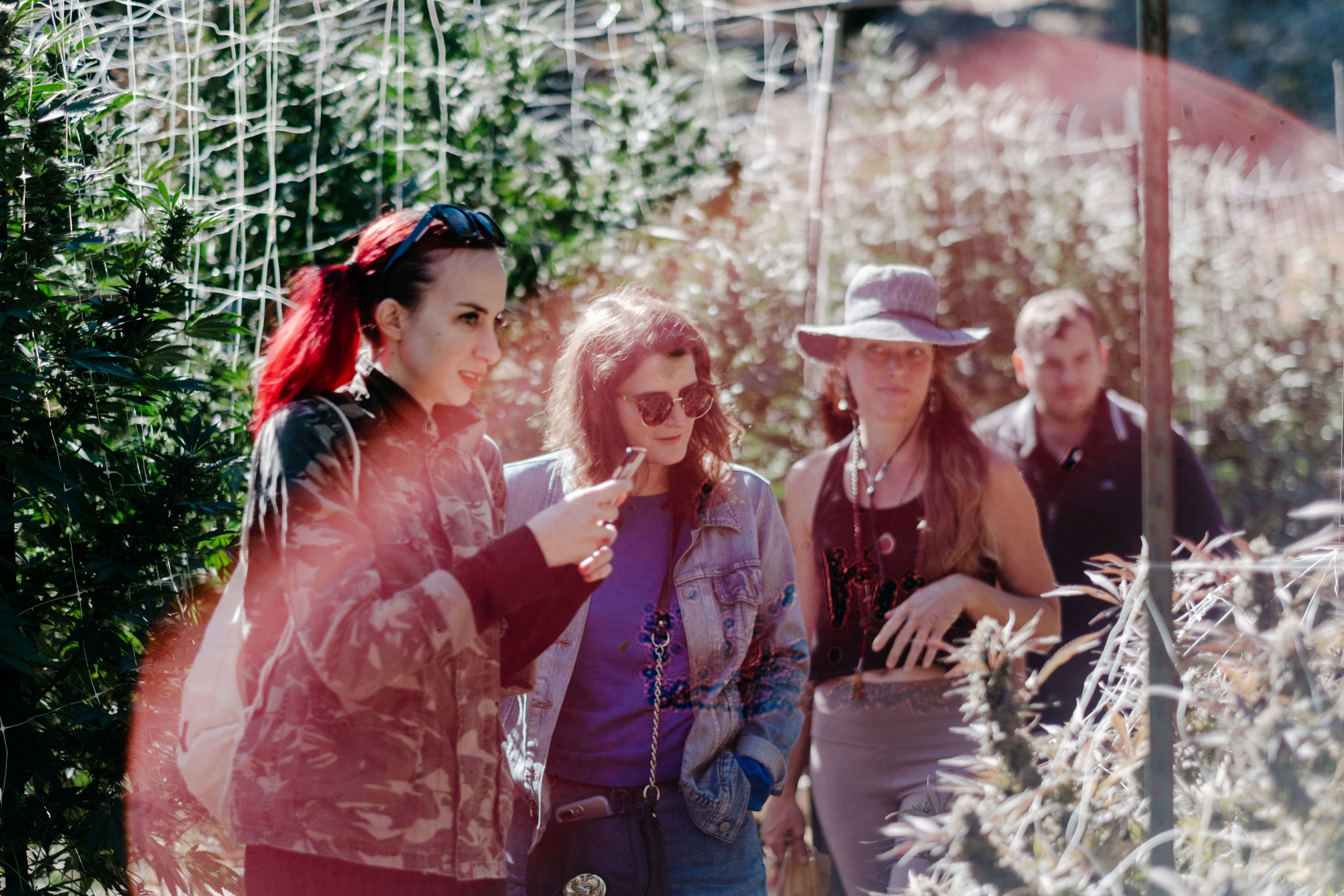
The crew at Sunrise Mountain Farms
“There are plenty of people who have been able to replace their opiates with cannabis products,” says Dr. Lakisha Jenkins, a naturopath and registered master herbalist specializing in medical cannabis education. Cannabis isn’t the only medicine (and yes, Jenkins says cannabis is “absolutely and positively” a medicine) that’s helped people in recovery.
When I was in AA, I was using Klonopin for anxiety as prescribed by a doctor, and benzodiazepines are not only used to help panic attacks and anxiety, but sometimes benefit people detoxing from alcohol. When used as directed, benzos like Klonopin can be wonderful. However, they are super easy to become addicted to and abuse, whereas cannabis does not pose the same risks of physical dependence.
Using one substance to recover from another is a contested issue within 12-Step programs (in some NA meetings, recovering heroin users aren’t even allowed to share if they’re taking methadone from a clinic). “It’s very hard for people who were trained in [12-Step] paradigm to wrap their minds around the idea of substitution or even medicated-assisted treatment. We’re talking about cannabis, but there’s other medications that people use to help them go through withdrawal, so I think it becomes part of that bigger question,” says Amanda Reiman, PhD, an expert in the area of harm reduction and VP of Community Relations at cannabis brand Flow Kana. But in legal states, that’s starting to change. “The treatment centers that are embracing the [use] of cannabis in this way are treatment centers that embrace medication-assisted treatment, whether that’s buprenorphine for heroin or benzodiazepines for people who are alcoholics,” Dr. Reiman says.

Above, cannabis growing at Sunrise Mountain Farms
I quit drinking in 2013 when my relationship with alcohol took a dark turn, and I found myself drinking to self-medicate after a sexual assault. I was diagnosed with PTSD, which likely played a role in my problematic drinking. PTSD has been shown to increase alcohol addiction, as those afflicted grasp the bottle to ease the depression, anxiety, and flashbacks. A cannabis enthusiast friend suggested I look into using marijuana medicinally for PTSD, so I did… and it worked. I found that a hit or two before a date or sex kept the flashbacks at bay.
While I’m all in favor of Western medicine, antidepressants, and anti-anxiety medication when taken as prescribed, I’ve found that consuming a little bit of weed is just as effective at quelling my social anxiety, compared to relying on pills. This works best with cannabis acquired at a dispensary — rather than from a dude with a backpack — so I’m able to properly dose myself, which is something all cannabis users should learn. But, thankfully, since you can’t overdose on weed, exploring with the various dosages to find what works best for you is an overall safe practice. For me, it felt like I had found a miracle cure. Plus, I still abstain from drinking.
When I stopped consuming alcohol, I noticed that my overall quality of life improved greatly, so I stuck with it. In addition to treating my PTSD, I found that using cannabis in social situations made it much easier not to drink. It’s now been over five years since I’ve quit drinking. For the first two years or so, before my introduction to cannabis, I was sober by 12-Step standards, meaning the only substances I took were prescribed by a doctor, so cannabis was off limits. To be honest with you, I loathed AA. I do not enjoy group settings. I have never wanted to be part of a team. I do not want to use a book rooted in Christianity written by a man in 1939 as my roadmap to recovery. I do not want want to check in with a sponsor before I go to a friend’s house where wine will be present. I do not want to raise my hand and introduce myself as an alcoholic every week in a church basement. I want to talk about my history of problematic drinking with a therapist within the privacy of her office. I want to read recovery memoirs written by women. I want to call myself a witch and practice self-care through ritual. I want to get stoned before public speaking events to ease my social anxiety and not get dragged for it. I want to sit on pillows on the floor of a beautiful room in a Buddhist recovery support group. When I was in AA, I just wanted to rebel and drink again. When I found my own path, I just wanted to keep on going and get healthier and healthier.
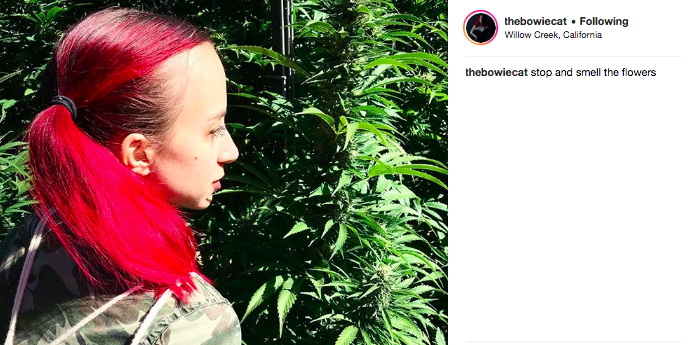
Above, the author smelling the flowers at Sunrise Mountain Farms
So, why did cannabis work so well for me, both at making it easier not to drink and in alleviating my PTSD flashbacks? “Cannabis is really challenging that question of what it means to be in recovery,” Dr. Reiman says. I asked Dr. Reiman why she thought some 12-Step programs are OK with a member taking doctor-prescribed benzodiazepines for anxiety or opiates after surgery, but have an issue with cannabis, despite it having a milder side-effect profile, little risk of dependency, and no chance of an overdose. While she says she sees this mindset changing, the doctor suggests that those who hold onto traditional 12-Step practices need a reeducation in the history of cannabis criminalization.
As DrugPolicy.org writes, and countless others have noted (MERRY JANE included), the criminalization of cannabis is heavily rooted in racism, rather than a medical danger to the public. “I think what’s really interesting is that folks are like, ‘I don’t understand, if it does all these things, why is it illegal and why isn’t in a medicine?’” Dr. Reiman says. She stressed that its status as a Schedule I narcotic and the history of prohibition is what leads some to question cannabis’s role as a medicine, be it for PTSD, to help wean someone off opiates, or aid in social anxiety for non-drinkers. The government must have prohibited it because it’s dangerous, right? Not so fast. “We still see [this mindset] with Jeff Sessions, and Mitch McConnell, who still have these very Reefer Madness ideas about cannabis. Those ideas aren’t as pervasive as they used to be. I think what’s really replacing it is a misunderstanding among the public over what is already a medicine,” Dr. Reiman says. “What they have no idea about is the political history of the drug. So I think what we’re dealing with now is less [about] educating people on the realities of cannabis, and more about the need to educate people on why we are where we are.”
I don’t think my path is the path for everyone; I have friends in AA who swear by the program. I also have friends who do just fine with wine, but one hit from a pipe will send them spiraling into a panic attack. I’m not anti-AA; I’m just pro-choice, and believe that when it comes to recovery, in all of its forms, we need more options and more open-mindedness, especially regarding the use of cannabis as a harm reduction tool. There’s hope, though. Dr. Jenkins says that during her work with patients in recovery, especially in legal states such as California, she’s seen a shift to more acceptance within 12-Step groups regarding medical marijuana. “I see substance treatment programs in California promoting cannabis,” Dr. Jenkins says, “But there are states like Kentucky where that’s just not going to happen.”
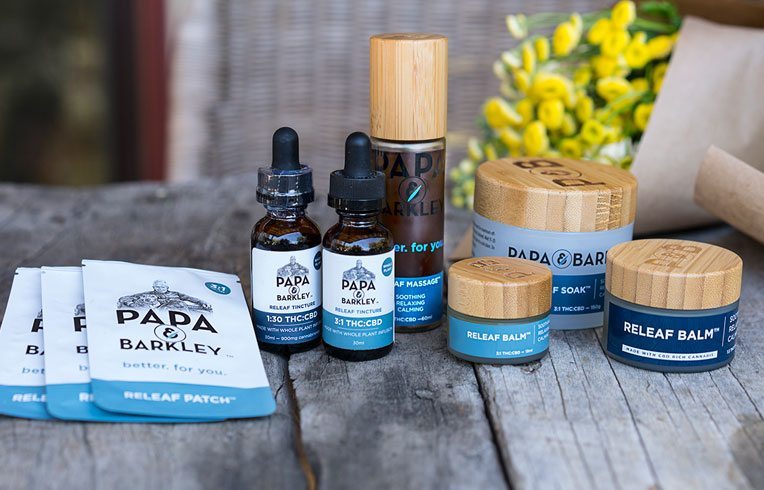
Above, a medley of Papa & Barkley products
Grossman of Papa & Barkley shared with me that a good friend of his was able to wean himself off the benzodiazepine Klonopin using the company’s cannabis tincture. And just as Papa & Barkley is offering cannabis alternatives to opiates and benzos, beverage companies such as California Dreamin', a low-dose cannabis soda, and Mood33, cannabis-infused sparkling tonics, are offering cannabis users an alternative to alcohol that they can sip on. Not too long ago, at a friend’s wedding in Boulder, I was delighted to learn I could drink cannabis tonic from a champagne glass and join in a toast without drinking alcohol. And yes, I like the high; I’m not about to pretend I like weed solely for its medicinal benefits. But as Jonathan Bishop, the VP of Marketing at California Dreamin’ told me, “I love to drink draft beer, but overall it’s just nice to have an alternative.” I couldn’t agree more.
Back at the cocktail hour hosted by Papa & Barkley, some of my friends enjoyed alcoholic cocktails. As Bishop stated, for me — someone who can overconsume and go to a dark place with booze, but finds that cannabis just makes me calm and giggly — it was nice to have another option. This principle can be applied to not just those in recovery, but people who want to cut down on the number of hangovers they experience each week.
“CBD and THC are an inexact science,” Bobrow the mixologist said at the event. “What effect I feel may not be what you feel. CBD and THC react very differently in different people.” He’s right, too. As legalization spreads, and we learn more about cannabis as a harm reduction tool, I don’t wish to see weed completely replace prescription medications, just as I don’t wish harm reduction recovery methods to replace 12-Step recovery groups. But I do want to see more people learn about cannabis and consider that our individual relationships to substances are infinitely complex. Applying a one-size-fits-all model to recovery — be it from an injury, an assault, or an addiction — seems short-sighted. Plus, spending some time in the Redwoods surrounded by outdoor weed gardens made me beyond thankful that I had done so myself.
Follow Sophie Saint Thomas on Twitter


